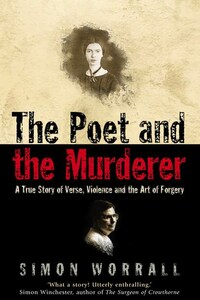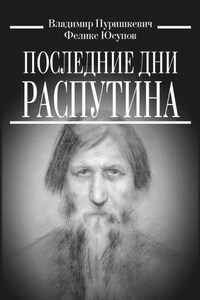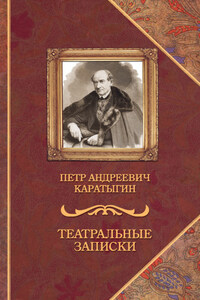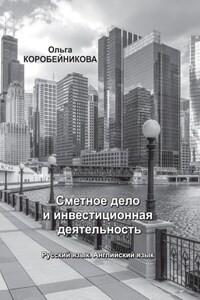It was a cold, crisp fall day as I walked up the driveway of the Emily Dickinson Homestead in Amherst, Massachusetts. A row of hemlock trees along the front of the house cast deep shadows on the brickwork. A squirrel scampered across the lawn with an acorn between its teeth. Entering by the back door, I walked along a dark hallway hung with family portraits, then climbed the stairs to the second-floor bedroom.
The word Homestead is misleading. With its elegant cupola, French doors, and Italian facade, this Federal-style mansion on Main Street, which the poetâs grandfather, Samuel Fowler Dickinson, built in 1813, is anything but a log cabin. Set back from the road, with a grove of oaks and maples screening it to the rear, and a large, concealed garden, it was, and is, one of the finest houses in Amherst.
The bedroom was a large, square, light-filled room on the southwest corner. One window looked down onto Main Street. From the other window I could see the Evergreens, where Emily Dickinsonâs brother, Austin, and her sister-in-law, Sue Gilbert Dickinson, had lived. Halfway along the east wall was the sleigh bed where the poet had slept, always alone, for almost her entire life. She was less than five and a half feet tall, and the bed was as small as a childâs. I prodded the mattress. It felt hard and unyielding. In front of the window looking across to the Evergreens was a small writing table. It was here that Dickinson wrote almost all of her poetry, and the nearly one thousand letters that have come down to us. Poems came to this high-spirited, fiercely independent redhead in bursts of language, like machine-gun fire. She scribbled down drafts of poems, mostly in pencil, on anything she had to hand as she went about her daily chores: the backs of envelopes, scraps of kitchen or wrapping paper. Once she used the back of a yellow chocolate-box wrapper from Paris. She wrote a poem on the back of an invitation to a candy pulling she had received a quarter of a century earlier. The painstaking work of revision and editing was done mostly at night at this table. Working by the light of an oil lamp, she copied, revised, and edited, often over a period of several years, the half-formed thoughts and feelings she had jotted down while baking gingerbread, walking her invalid mother in the garden, or tending the plants in the conservatory her father had built for her, and which was her favorite place in the Homestead.
I stood by the table imagining her working there, with her back to me, her thick hair piled on top of her head, the lines of her body visible under her white cotton dress. Then I hurried back down the stairs, crossed the parking lot to where I had left my car, and drove the three quarters of a mile to the Jones Library on Amity Street. There was a slew of messages on my cell phone. One was from a gun dealer in Salt Lake City. Another was from the head of public relations at Sothebyâs in New York. A third was from an Emily Dickinson scholar at Yale University named Ralph Franklin. I did not know it at the time, but these calls were strands in a web of intrigue and mystery that I would spend the next three years trying to untangle. It had all begun when I came across an article in The New York Times, in April 1997, announcing that an unpublished Emily Dickinson poem, the first to be discovered in forty years, was to be auctioned at Sothebyâs. I did not know much about Dickinson at the time, except that she had lived an extremely reclusive life and that she had published almost nothing during her lifetime. The idea that a new work by a great artist, whether it is Emily Dickinson or Vincent van Gogh, could drop out of the sky like this, appealed to my sense of serendipity. Who knows, I remember thinking,








